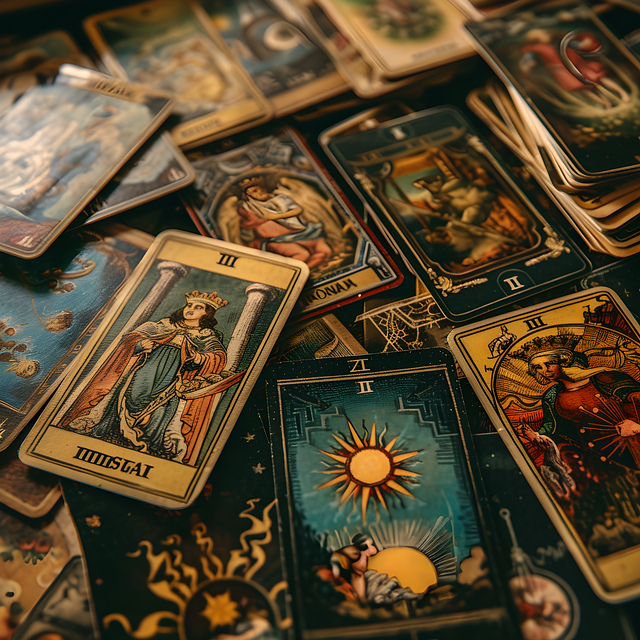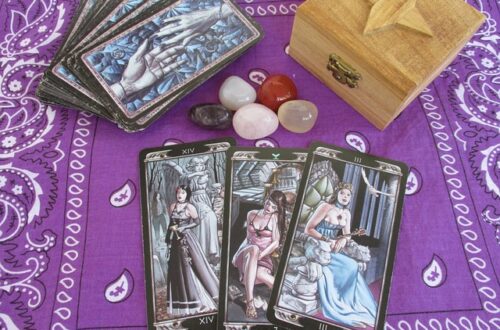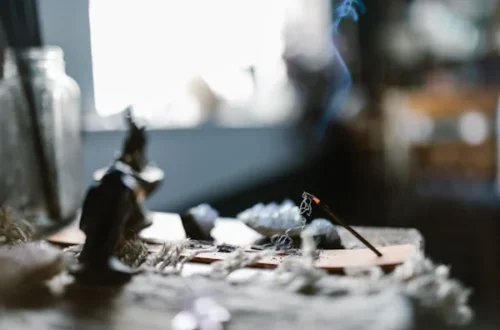
How to Choose Your First Tarot Deck
Table of Contents
How to Choose Your First Tarot Deck
The world of tarot is vast, mysterious, and deeply personal. Choosing your first deck is an important step in your journey. This decision should be guided by intuition, research, and personal resonance. This article will explore how to select the right deck, what factors to consider, and how to begin your tarot practice with confidence.
Understanding the Importance of Your First Tarot Deck
Tarot is more than just a set of cards. It is a tool for self-reflection, spiritual growth, and divination. Your first tarot deck will serve as your gateway into this mystical world. The connection you build with your deck influences the quality of your readings. Therefore, choosing a deck that feels right to you is crucial.
Why Your First Deck Matters
A beginner’s tarot deck should be accessible, visually appealing, and easy to interpret. A strong connection with the imagery will enhance your intuition. The more you resonate with the deck, the easier it will be to learn the meanings and symbolism. Your first deck sets the tone for your tarot practice.
Debunking the Myth of the “Gifted Deck”
There is a common belief that your first tarot deck must be gifted to you. However, this is a myth. Many experienced readers buy their own decks. What matters most is how the deck feels to you. If you are drawn to a particular deck, it is the right one for you.
Factors to Consider When Choosing a Tarot Deck
1. Deck Structure and System
Tarot decks come in different structures. The most widely used system is the Rider-Waite-Smith (RWS) system. Other systems include the Thoth Tarot and the Marseille Tarot. As a beginner, an RWS-based deck is a great choice because of its clear symbolism and availability of learning resources.
2. Artwork and Symbolism
The imagery of a deck should speak to you. Some decks feature classic medieval art, while others have modern, abstract, or fantasy-inspired visuals. The colors, symbolism, and artistic style should resonate with your personal aesthetic. The clearer the images, the easier it will be to interpret the cards intuitively.
3. Guidebook and Learning Resources
Many beginner-friendly decks come with a comprehensive guidebook. A good guidebook explains the meanings, history, and interpretations of the cards. Look for a deck that includes a well-structured book with explanations for both upright and reversed cards.
4. Size and Handling
Tarot decks come in different sizes. Standard decks are around 2.75 x 4.75 inches. If you have small hands, a smaller deck might be easier to shuffle. On the other hand, larger cards can be visually stunning but harder to handle. Consider what feels comfortable in your hands.
5. Intuition and Personal Connection
Your intuition plays a vital role in choosing a deck. If a particular deck calls to you, trust that feeling. Visit a metaphysical store, hold the deck in your hands, and see how it feels. If shopping online, look at several images of the deck before making your decision.
Popular Tarot Decks for Beginners
Rider-Waite-Smith Tarot
The Rider-Waite-Smith (RWS) Tarot is the most popular and widely recommended deck for beginners. First published in 1909, it features rich symbolism and detailed illustrations. Most learning materials are based on this deck, making it an excellent choice for new readers.
The Modern Witch Tarot
This deck is a contemporary take on the RWS system. It features diverse characters and modern aesthetics. The imagery is vibrant and easy to understand, making it perfect for beginners.
The Light Seer’s Tarot
This deck blends traditional tarot meanings with uplifting, modern artwork. It is a great choice for intuitive readers who prefer a softer, more personal approach.
Tarot de Marseille
This deck follows a historical pattern that predates the Rider-Waite-Smith system. The artwork is minimalist, with pip-style Minor Arcana cards. While beautiful, it may be more challenging for beginners.
How to Cleanse and Bond with Your New Tarot Deck
1. Cleansing Your Deck
Before using your tarot deck, it is important to cleanse it. This removes any residual energies. Common methods include:
- Smoke cleansing with sage, palo santo, or incense.
- Moonlight charging by leaving the deck under the full moon.
- Crystals, such as clear quartz or selenite, to purify the energy.
- Knocking on the deck three times to clear stagnant energy.
2. Bonding with Your Deck
Forming a connection with your deck is crucial. Here are some ways to bond:
- Shuffle the cards daily to build familiarity.
- Sleep with the deck under your pillow.
- Draw a daily card and reflect on its meaning.
- Keep a tarot journal to record your insights.
Final Thoughts
Choosing your first tarot deck is an exciting and personal journey. The right deck will resonate with you on a deep level. Consider the deck’s artwork, system, guidebook, and size before making a decision. Most importantly, trust your intuition. A tarot deck is a tool for self-discovery, and your first deck will be a powerful companion on your spiritual path.
Bibliography
- Greer, Mary K. 21 Ways to Read a Tarot Card. Llewellyn Publications, 2006. ISBN: 978-0738707848.
- Pollack, Rachel. Seventy-Eight Degrees of Wisdom: A Tarot Journey to Self-Awareness. Weiser Books, 2019. ISBN: 978-1578636655.
- Place, Robert M. The Tarot: History, Symbolism, and Divination. TarcherPerigee, 2005. ISBN: 978-1585423491.
- Waite, Arthur Edward. The Pictorial Key to the Tarot. Rider & Co., 1911. ISBN: 978-0486442556.




